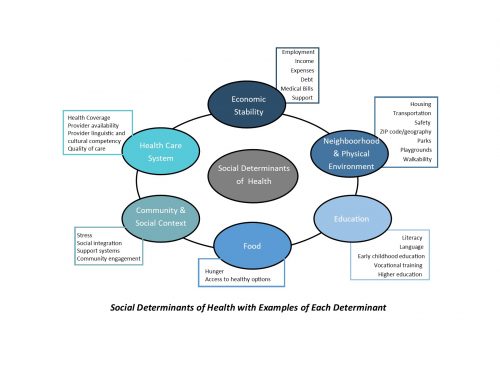The role of nurses as patient advocates is well recognized by healthcare professionals and I believe is becoming more frequently recognized in the workers’ compensation industry. However, I believe actually understanding the meaning of the role of advocate for the patient, or injured worker, is frequently misunderstood by all parties, including the nurse case manager themselves.
Patient advocacy is not a paternalistic concept of protecting the injured worker from harm. Healthcare in the workers’ compensation is increasingly fragmented. Many TPAs and insurance companies utilize multiple vendors to provide various services during the care of the injured worker. Health-related information may appear to be difficult to obtain or understand. This can lead to the injured worker having difficulty in making decisions regarding their care. The injured worker may need assistance in negotiating the healthcare system. (Ellis and Hartley 2005)
Nurses are regarded as the ‘gatekeepers’ for patients. We possess knowledge of the healthcare system, the medical issues and are in a position to advocate for the interests of the injured worker. Many of the organizations pertinent to the case management industry have integrated the role of patient advocate into their codes of ethics and standards of practice.
For example in the Case Management Society of America (CMSA) Standards of Practice
The underlying premise of case management
is based in the fact that, when
an individual reaches the optimum level
of wellness and functional capability,
everyone benefits: the individual client
being served, the client’s family or family
caregiver, the health care delivery system,
the reimbursement source or payer, and
other involved parties such as the employer
and consumer advocates.
When any of the stakeholders in the workers’ compensation setting hear the term patient advocate, they frequently think of a one-sided advocacy. However, as you can see from the CMSA Standards of Practice, patient advocacy should be a win-win for all parties.
So how is patient advocacy demonstrated? These are some of the methods as listed in the CMSA Standards of Practice:
- Promotion of the injured worker’s self-determination, informed and shared decision-making, autonomy, growth and self-advocacy
- Education of other health care and service providers in recognizing the needs, strengths and goals of the injured worker
- Facilitation of access to necessary and appropriate services
- Recognition of and elimination of disparities in accessing care related to cultural and cognitive factors
- Encouraging a culture of safety in the workplace
For example, I frequently present at conferences on the topic of opioids and integration of Case Management into the process to assist in minimizing or eliminating inappropriate usage of these medications. A nurse questioned me about her role as the patient’s advocate and as such, should she be involving herself in this discussion, as the injured worker’s personal physician is prescribing opioids and the work-related physician is also wanting to prescribe an opiate? She wondered if as the advocate she should only be facilitating the care, not questioning these medications as this could lead to the physician’s not prescribing what the patient perceived as a need of his?
First we discussed her role as the patient advocate and if it was in the injured worker’s best interest to be prescribed opiates. Were these medications assisting with increased function? Did both physicians know of the other’s intentions and prescribing? We then worked through if this were two physicians prescribing anti-hypertensive medications, would she even be worrying about facilitating communication between all parties? As we worked through this situation the role of the Case Manager as patient advocate became much clearer to her.
Some of the initiatives CompAlliance has taken to support this patient advocacy model include:
- Cultural Diversity Training to aid in Shared Decision Making
- Education in Ethical Decision Making in Case Management
- Our newest project is training for all case management staff in Motivational Interviewing to facilitate informed decision making
- Converting all patient communications to Plain Language
- Including with all initial paperwork sent to the Injured Worker information regarding their Rights, Responsibilities, etc.
- Informational sheets provided to the Injured Worker when prescribed opioids, detailing their responsibilities, potential dangers in storage, etc.
- Completing a full Medication Reconciliation on all injured workers to ensure their understanding of their current medications and to ensure safety of future prescribing
- Contacting the Injured Worker three days after any new medication is prescribed to facilitate adherence, assess for questions or complications
- Sitting down with the Injured Worker after each physician visit to ensure understanding of the visit and provide any patient teaching needed
In summary, when the Injured Worker is assisted in obtaining detailed, clear, evidence-based information about their condition, has their views accurately relayed and discussed, and their rights to make an informed decision are respected, then patient advocacy can be a win-win for all parties.

